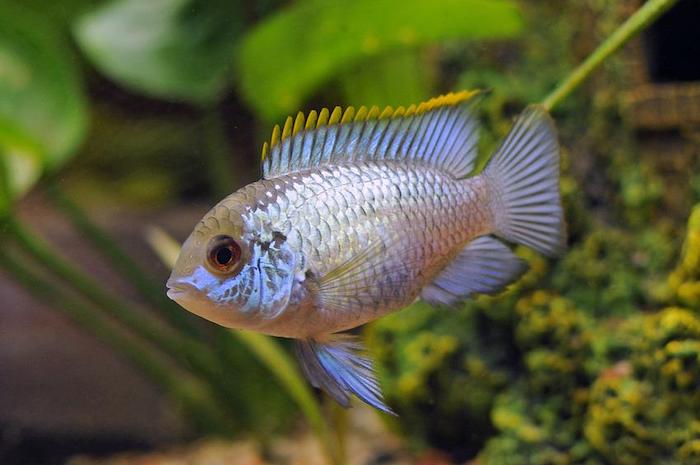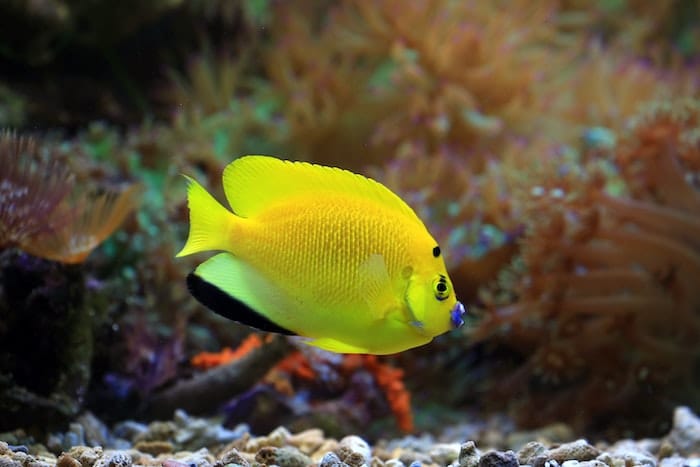Fish are a popular pet option in the United States, with nearly 3 million households claiming to have a pet fish in the United States. Choosing to buy fish is an exciting moment as a pet owner, and collecting rare and beautiful pets will add color and warmth to your home.
Finding a fish tank with ample size for your new pets is vital, but there are other steps to provide a safe and comfortable home for the marine life you adopt. Learning the basics of fish care will help you to provide the best life possible for your fish.
Luckily, you’ve come to the right place to learn seven excellent tips to help you with fish care. Continue reading to create the ideal environment for your marine life today!

1. Help Your Fish Acclimate
The first thing to do after bringing your pet fish home is to help it acclimate to a new setting and tank. The tank is your fish’s new home, and you should do everything possible to ensure a smooth transition.
Talk with the associates at the pet store you’re shopping at to get guidelines on proper nitrite, ammonia, and nitrate levels in the tank’s water. It’s also wise to ask about the ideal pH balance for the fish tank.
Upon returning home, it’s best to test your fish tank for its chemistry. A tank with significant differences requires a longer acclimation to preserve your fish’s health.
2. Float Your Fish
Floating the fish is another excellent way to help your freshwater or saltwater fish acclimate to its new home. The process entails keeping your new pet in the bag filled with water and floating that bag in the tank. It’s a good rule of thumb to allow your fish to stay in this setting for over 15 minutes but less than one hour.
The process is designed to help your fish acclimate to the new water temperature without risking health defects or death. Using five-minute segments, use a cup to add a bit of water from the tank to your fish’s bag. Continue the process until the bag is full of water.
It’s an effective way to help your marine life adapt to the water temperature and pH levels before entering the fish tank and making it home. After releasing your fish into the tank, pour the water from the bag into the tank and use caution to prevent damage to the marine life in the tank.

3. Reserve Room
A crowded fish tank is a poor situation for marine life’s health, and it’s best to ensure your new pet fish has room to roam and exercise. Overcrowding your fish tank is a one-way ticket toward causing overcrowding, which reduces the oxygen levels in the tank.
Too many fish and marine creatures living in a small tank will also increase the amount of waste in the water. A lack of diligence will result in poor health and death for many of your freshwater and saltwater fish. The waste will clog the tank’s filter and cause the aquarium’s water to dirty much sooner.
Work with a pet expert to determine your new pet’s best fish tank size. It’s better to err on the side of caution by getting a larger tank. A tank that is too small results in several health issues for your marine life.
4. Condition the Tank’s Water
It’s vital to view the water in your fish tank like you’d view air for humans. Dirty water will cause significant health issues and shorten your marine life’s lifespan. Learning to condition the water is critical for a pet as fragile as saltwater fish.
Learn to condition your tank’s water before visiting a pet store with salt water fish for sale. Tap water is one of the worst water sources to use when adopting fish for your home. Monitor the pH levels on a schedule to condition the water and create a safe home for your marine life.
5. Replace the Water
Replacing the water provides a fresh batch of “air” for your fish to grow and thrive, and neglecting to do so will create an unhealthy and dangerous environment for your pet fish. It’s a matter of time before your fish’s waste begins causing cloudy and unsanitary water.
The recommended way to replace water is by replacing 25 percent of your tank’s capacity once monthly. You’ll ensure a clean and healthy living space for your fish without causing shock by replacing the entire tank. A gravel vacuum is the best tool to use to suck out water and debris from the tank.

6. Maintain Water Temperature
Fish are delicate creatures, and you must commit to several fish care steps to ensure you enjoy more time with your colorful new friend. Many fish owners overlook the water temperature in the fish tank. Changes to the water temperature in your home will cause chaos for the marine life living in the tank.
Avoid placing your fish tank near a window or heating and air conditioning vents in your home. Find a stable area to place the tank for a consistent water temperature.
7. Clean the Sides
Green is often a good thing with fish tanks, but there are spaces to monitor to provide the best living area for your pet fish. Algae will grow in your tank and create the impression of cloudy water. The algae will deplete the oxygen levels in the water, creating a dangerous situation for your fish.
You’ll most often find algae on the sides of the tank. Remove the algae when cleaning your fish tank to provide adequate oxygen for marine life.
Preserve and Protect Your Marine Life Today
Purchasing a fish tank and stocking it with beautiful marine life is an excellent way to bring pets into your home, but you must know how to provide the best fish care before committing. Learn to float your fish and check the pH levels in your tank’s water. Maintain a stable water temperature and clean the sides of the tank to ensure proper oxygen levels.
Learning to care for pets is a significant responsibility, but it’s necessary to provide a humane and happy life. Explore our Pet Health content to learn how to care for your pets today!
